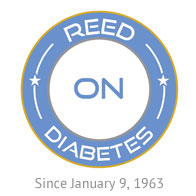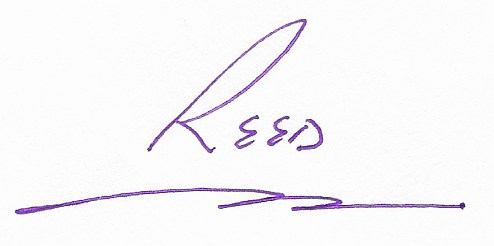Theme parks sprung up across America in the early 1970s. So when Worlds of Fun opened in my hometown of Kansas City, I was eager to explore. As an early teenager, the park was a blast and included constant walking while taking in the rides that were bigger and better than those at a state fair.
All of that outdoor activity in the summer heat of the Midwest created quite a thirst. Worlds of Fun planned for that and located beverage and snack bars throughout the park. One of my memories was walking from beverage stand to beverage stand and being told the same thing, “Sorry … no Tab, no Sugar Free 7 Up. No diet drinks.” This was the norm as diet sodas were not generally available in the 1970s.
Eventually the diet soft drink market took off. Initially marketed to people with diabetes (as far back as 1952), diet sodas expanded beyond diabetics to dieters. One phrase I found in my research was, “Meant for diabetics, downed by dieters.”
As evidence, here is this commercial for TaB:
With a jingle that made diet sodas, well … beautiful:
TaB, what a beautiful drink.
TaB, for beautiful people.
TaB, you’re beautiful to me
Real cola tastes just one calorie.
TaB, what a beautiful drink.
TaB, for beautiful people.
TaB, it’s beautiful to be so good and sugar free TaB!
Here was the world’s largest soda company touting that real cola tastes just one calorie and it’s beautiful to be so good and sugar free. As a type 1, that was music to my ears.
TaB was Coca-Cola’s entrée into the diet soda industry in 1963 (same year as my diagnosis) and reasonably popular for two decades. In 1982, Diet Coke was introduced after Diet Pepsi and others. By 2019 the diet soda market was in excess of $20 Billion and available everywhere.
Over the years, I’ve listened to the concerns about diet drinks … how artificial sweeteners cause cancer in lab mice, the impact they may have on the brain and taste buds, and their potential to be addictive (*).
But from the 1970s to the 2000s diet sodas were a go to godsend for me. Sodas flavored with sugar contain 40 grams of carbohydrate … 100% of it from sugar. I don’t even want to imagine how sugared sodas would have impacted my blood sugar levels, let alone my waistline. I found diet sodas to be a way of enjoying a carbonated drink with no impact on my blood sugars.
Diet sodas were a constant companion for me during college, work and social settings. I liked the sound of the can opening, the ‘bite’ that came with carbonation, and the taste. In lieu of coffee, I started the day off with a diet soda (and I wasn’t alone … it’s what many my age did in the 80s and 90s).
When needed, diet sodas also served as an outlet for stress. I never sought recreational drugs or nicotine as others did to escape from the stresses of life. Carbonated diet sodas were enough for me.
I appreciate the willingness of soft drink companies like Coca-Cola, Pepsi, and Dr. Pepper to bring diet sodas to people living with diabetes. As their marketing turned diet sodas into a conduit for beauty, they were embraced by the masses.
Diet sodas became cool.
Products designed for people living with diabetes were received enthusiastically by others.
I was no longer as different … and that made a big difference. Thank you.
(*) Sometime in the mid to late 2000s, I evaluated the large number of diet sodas I was consuming. Most days, I would open cans at various times, carry them around and leave them unfinished and scattered on my desk, conference rooms and eating areas. It became a dependency that outweighed the enjoyment. Was I addicted? I don’t know. I quit cold turkey between Christmas and New Year. Didn’t miss them. Still don’t. For four decades, diet sodas were a great thing for me. For now, I am better without them.

